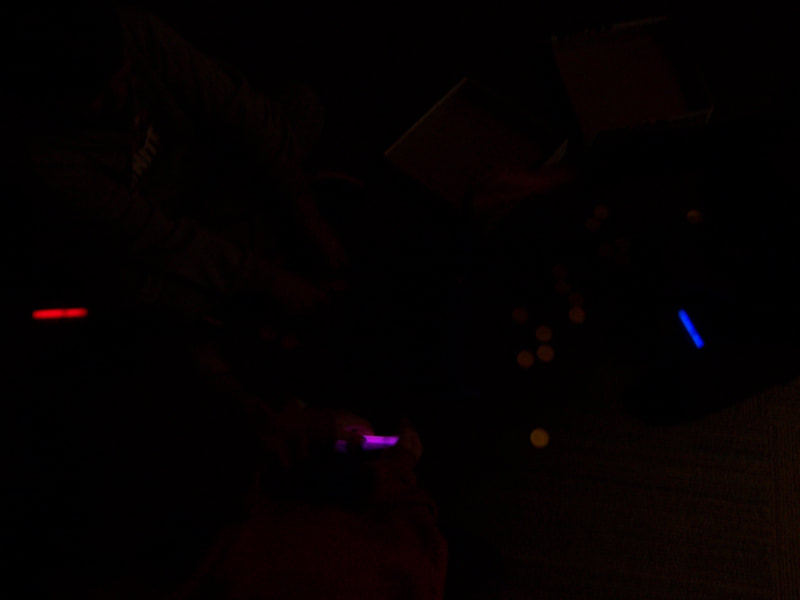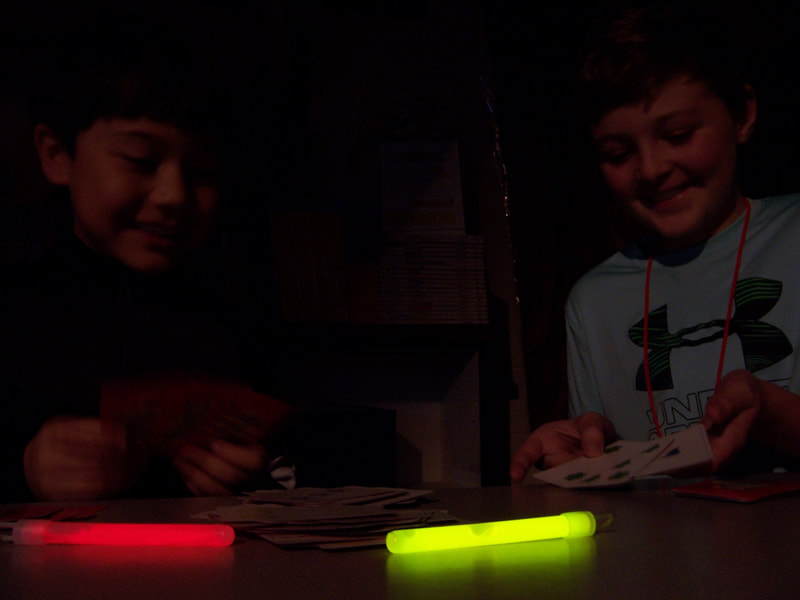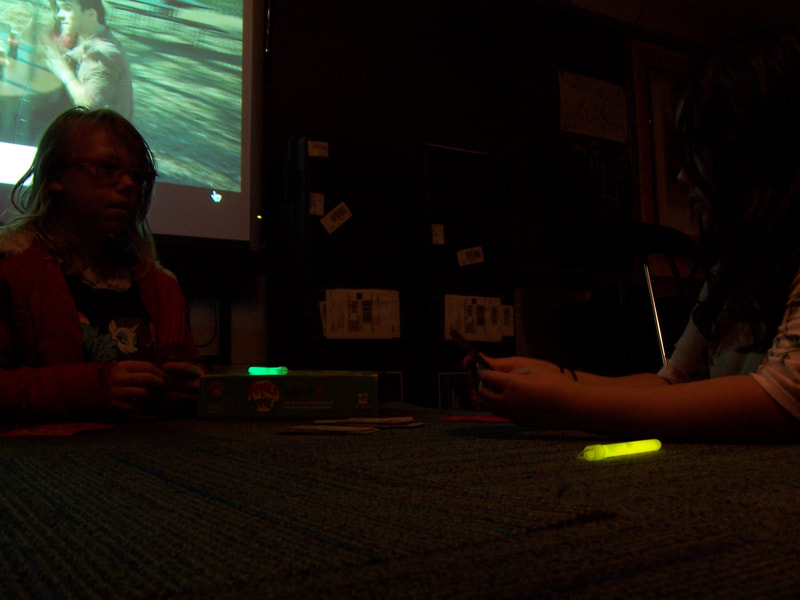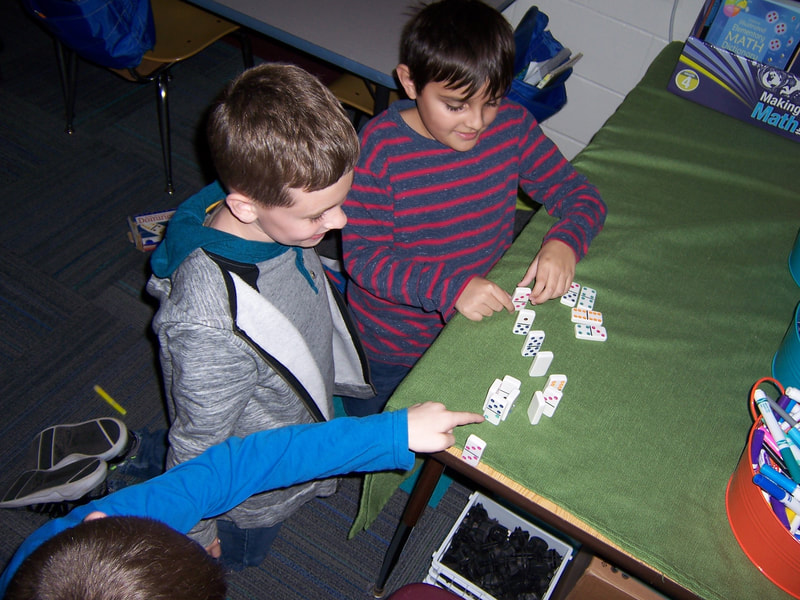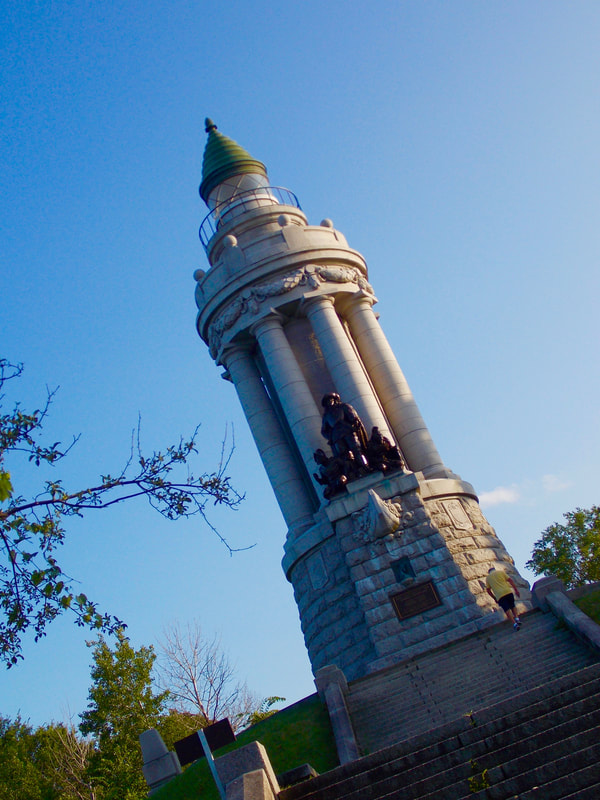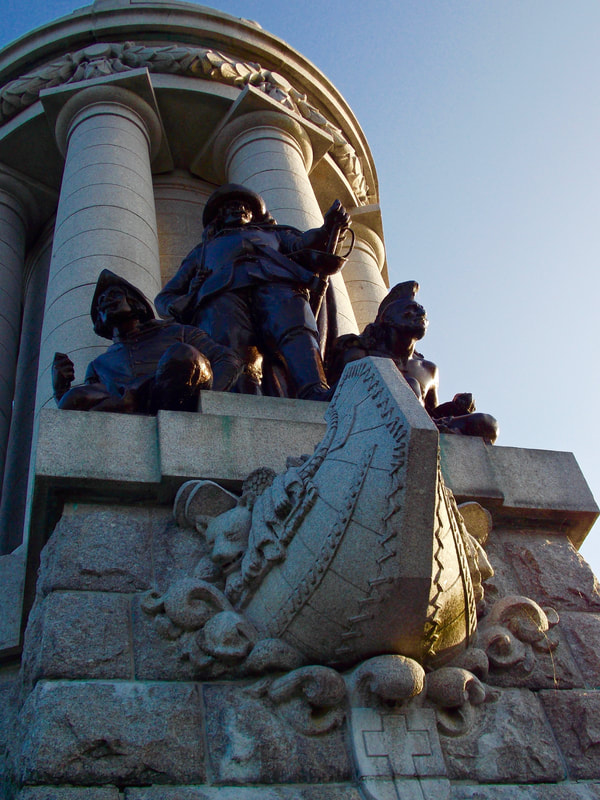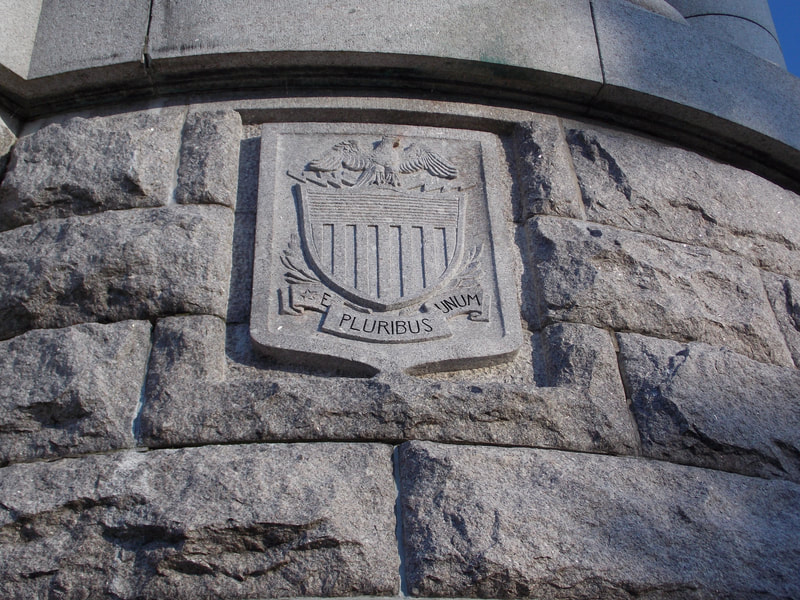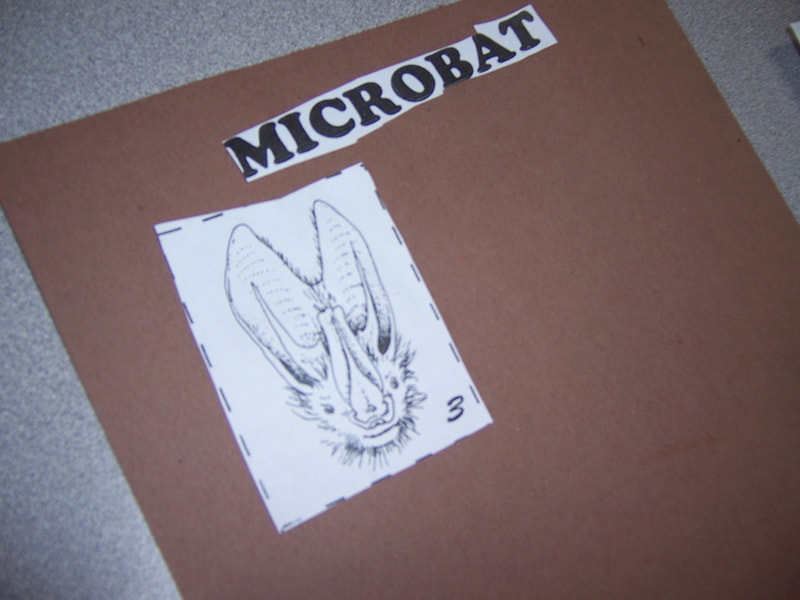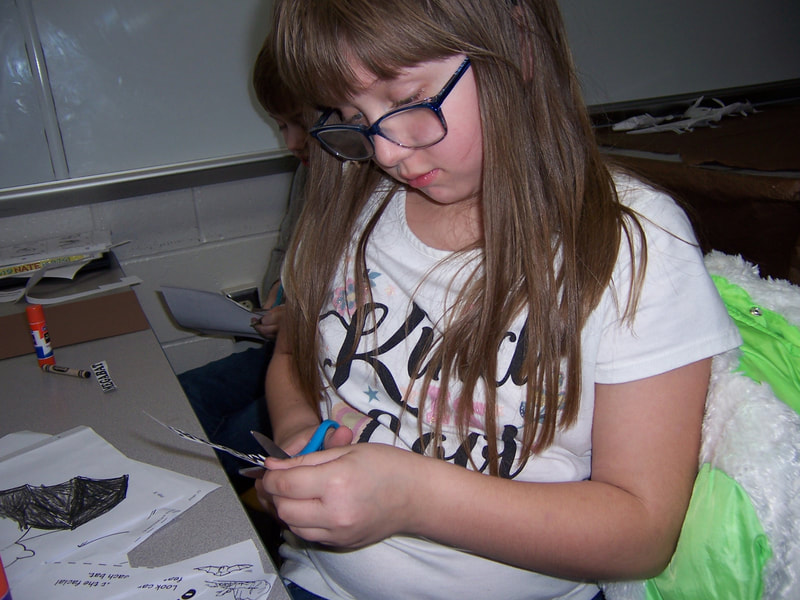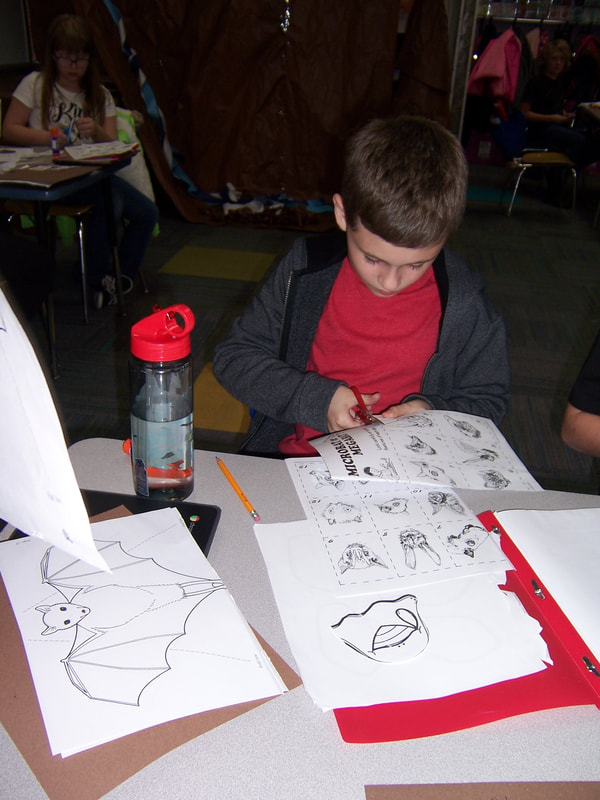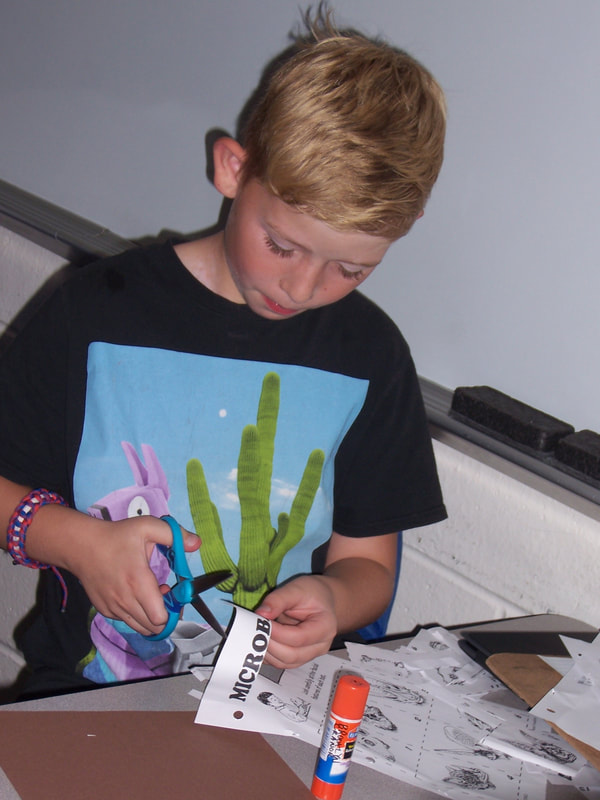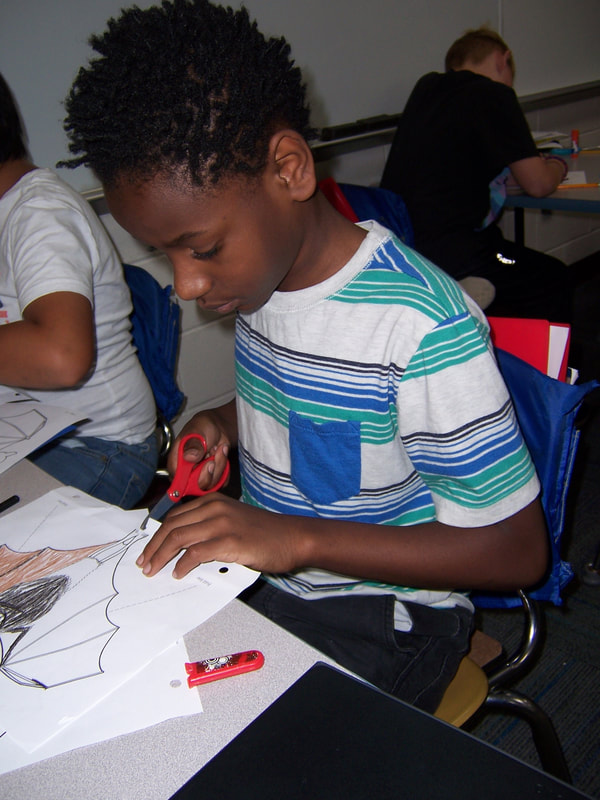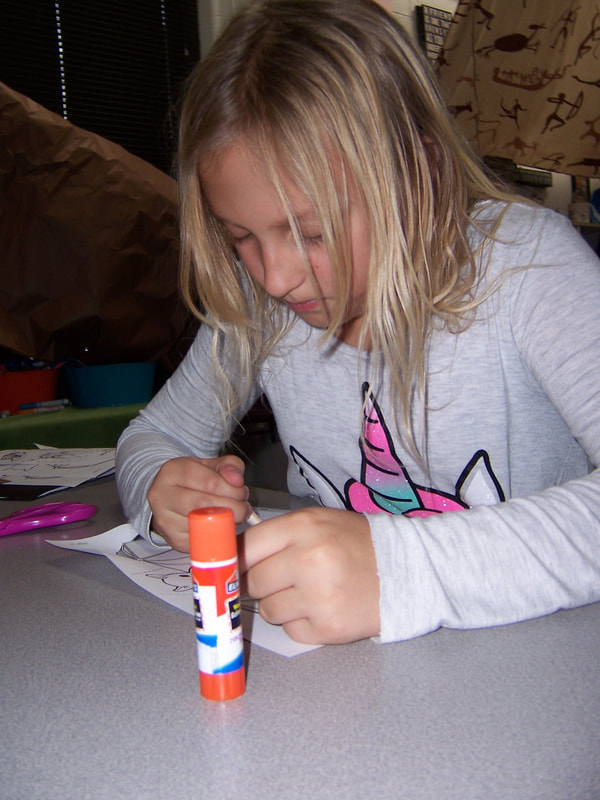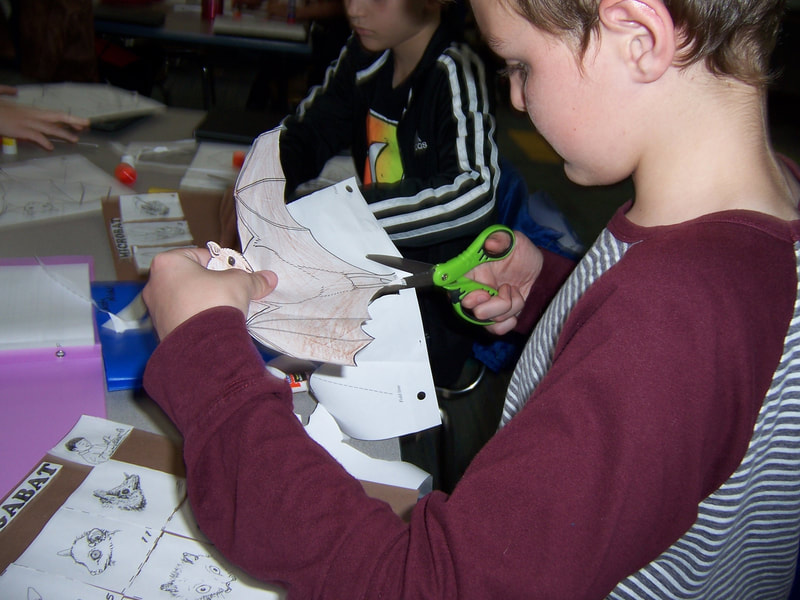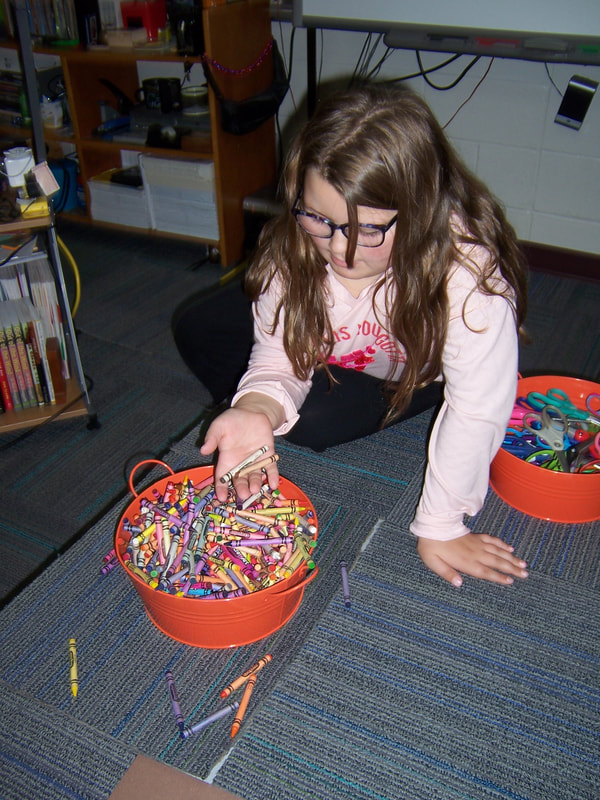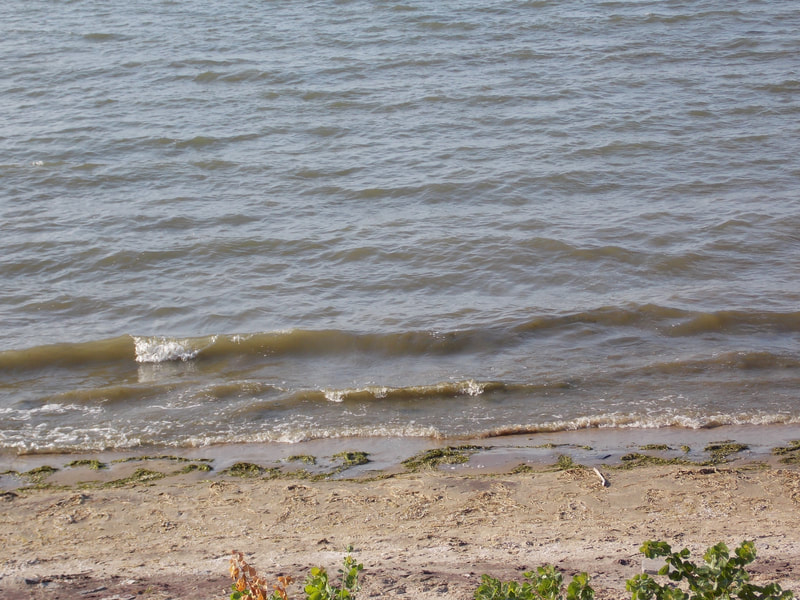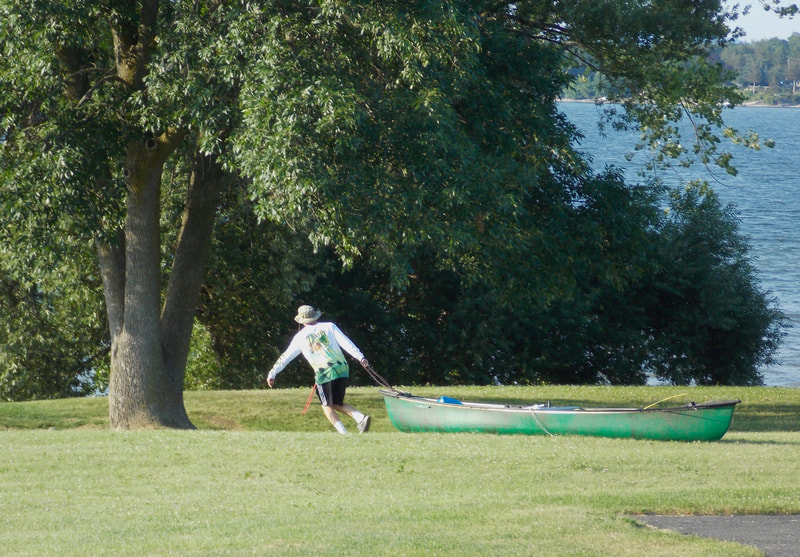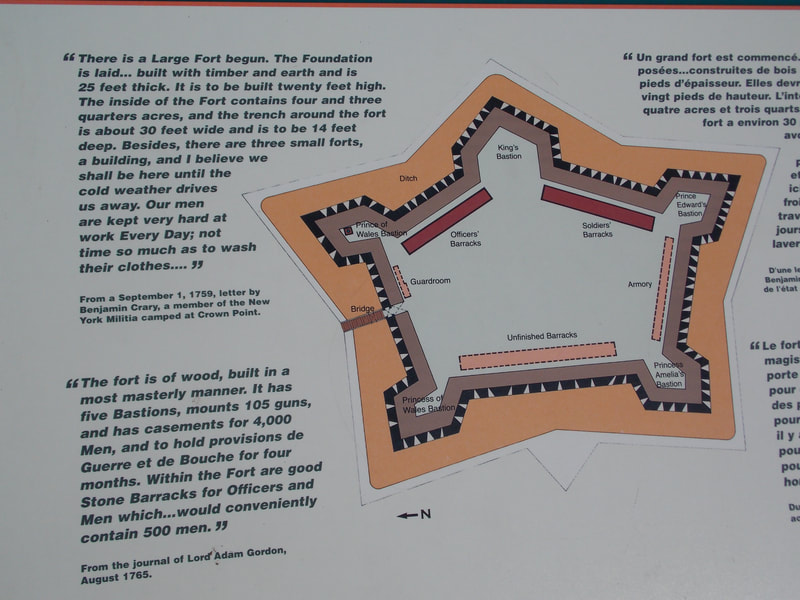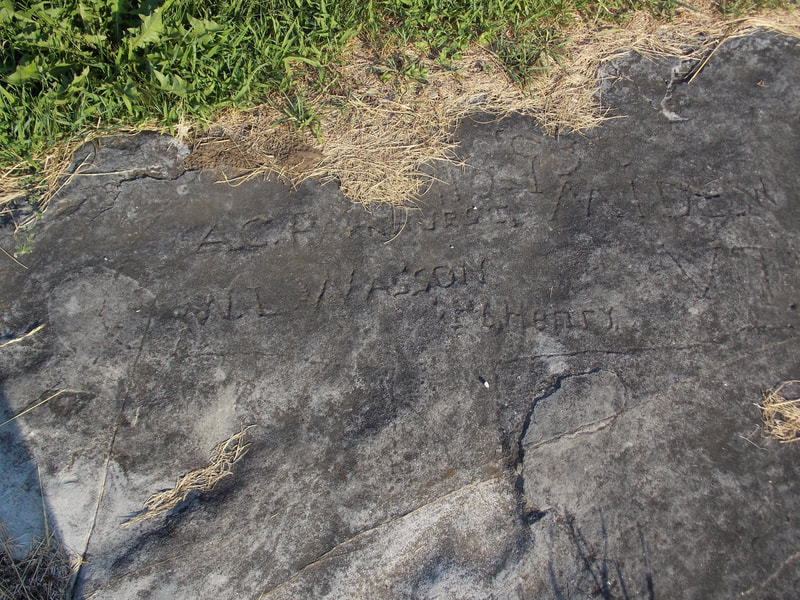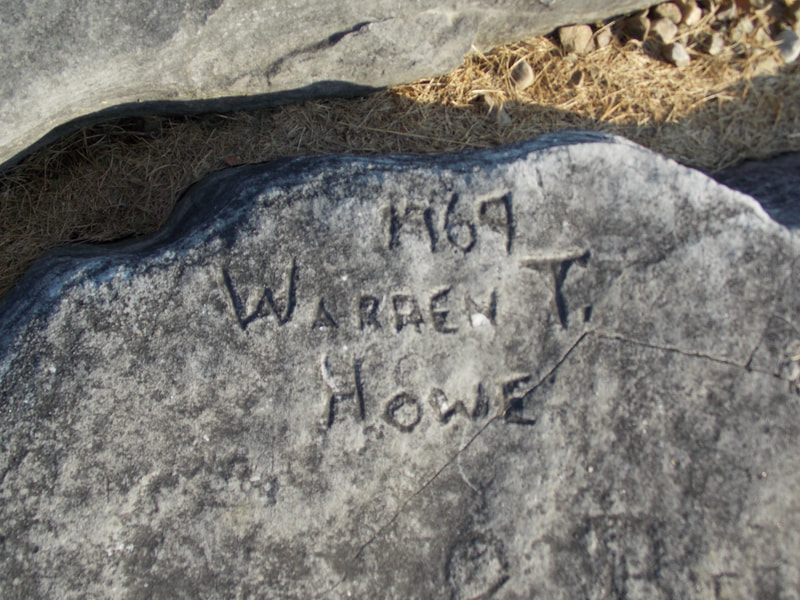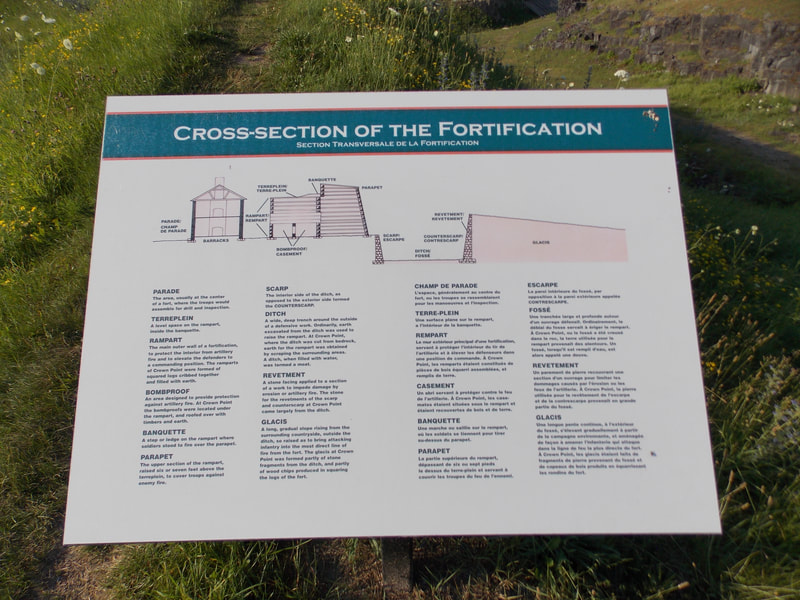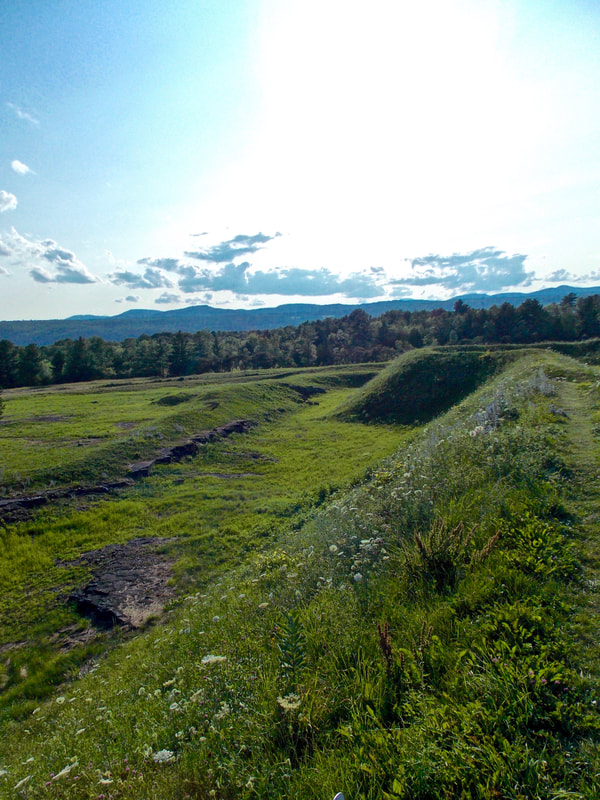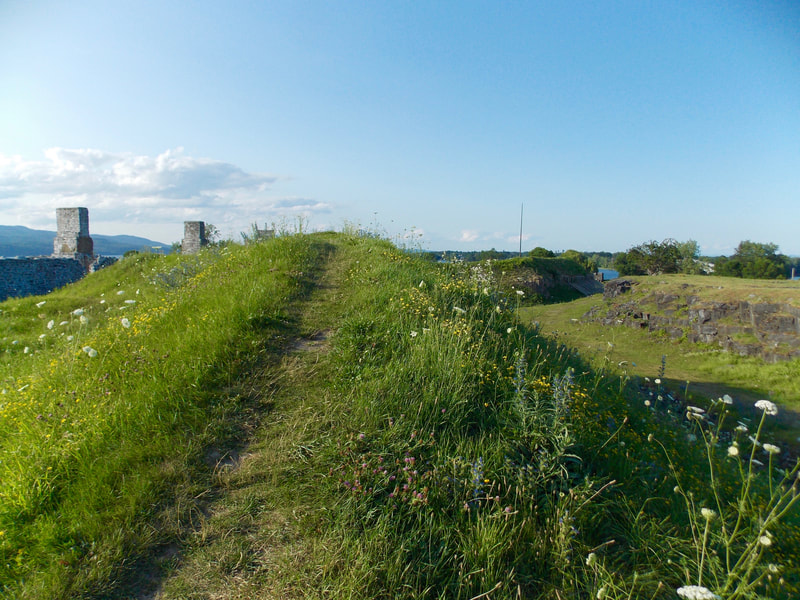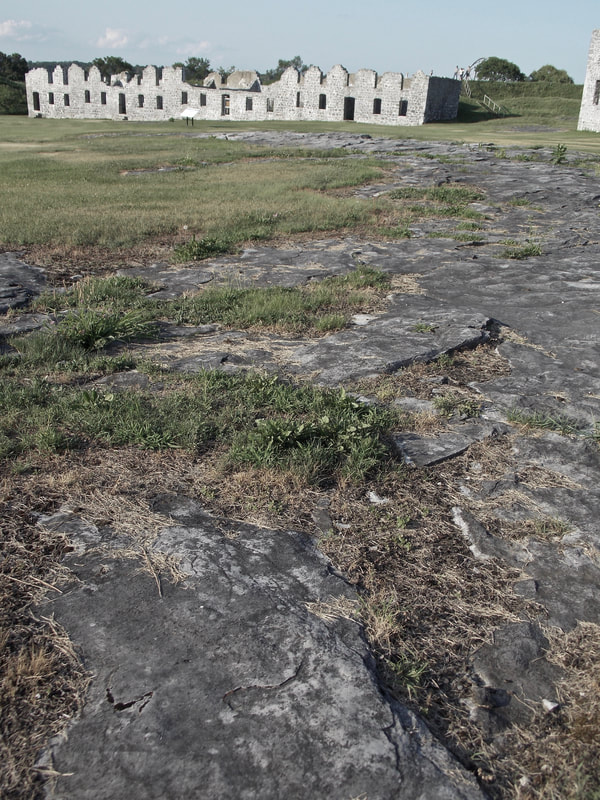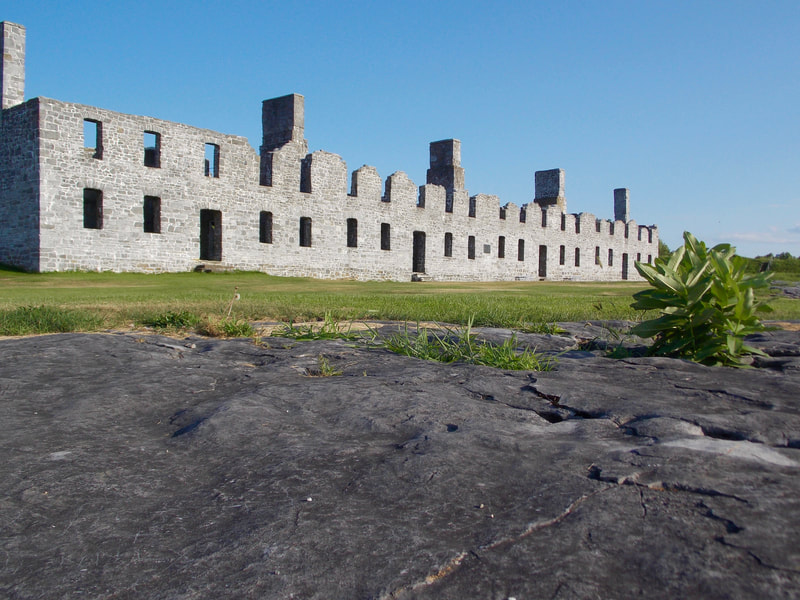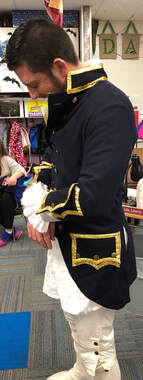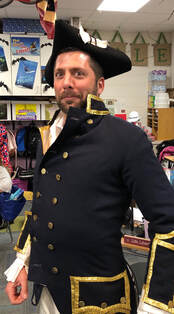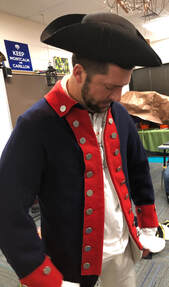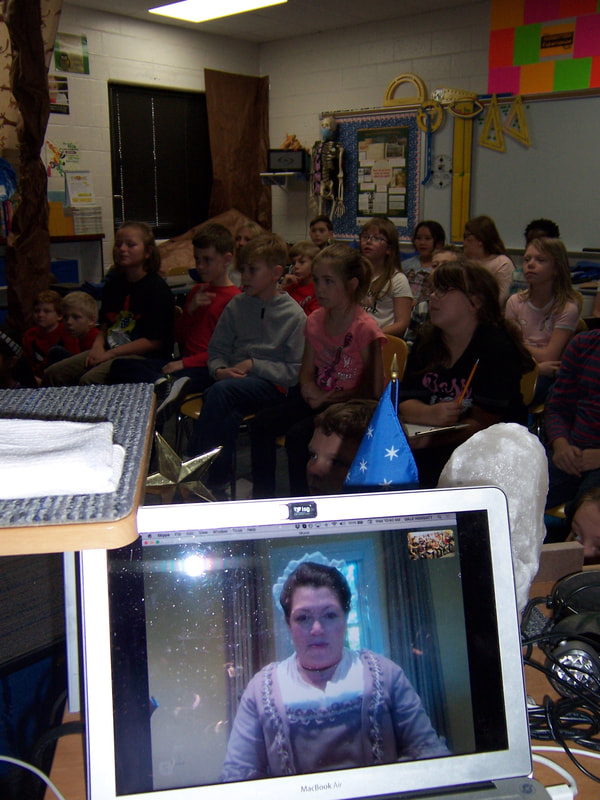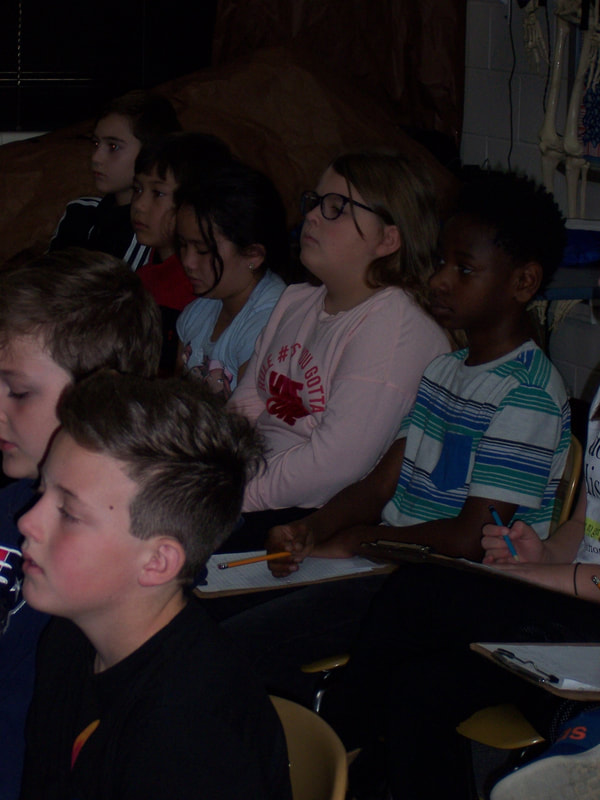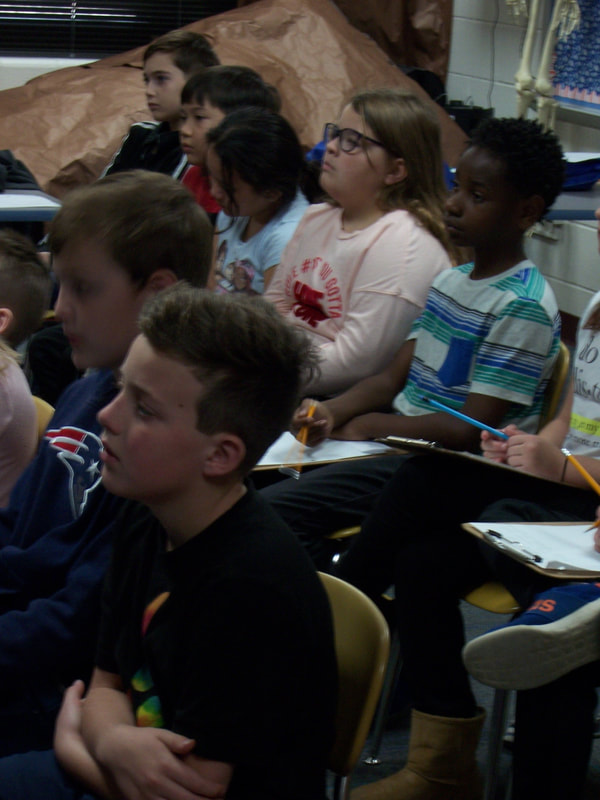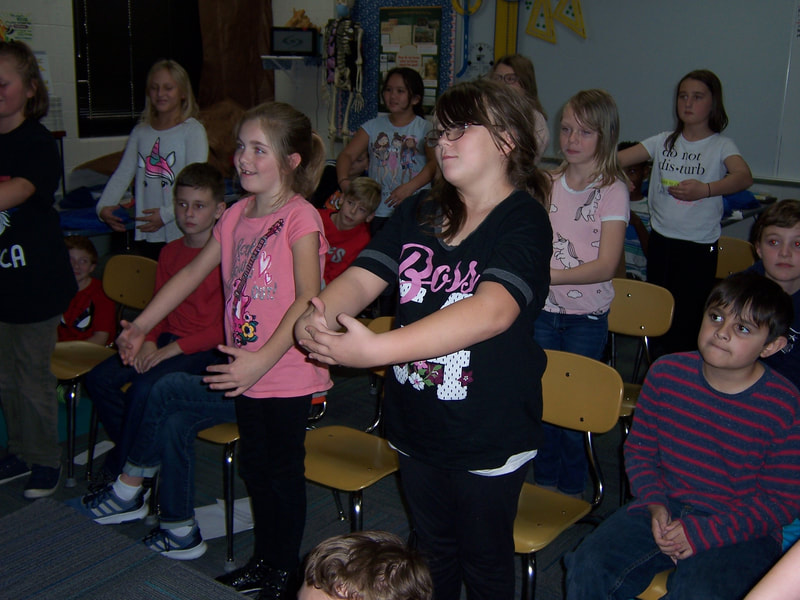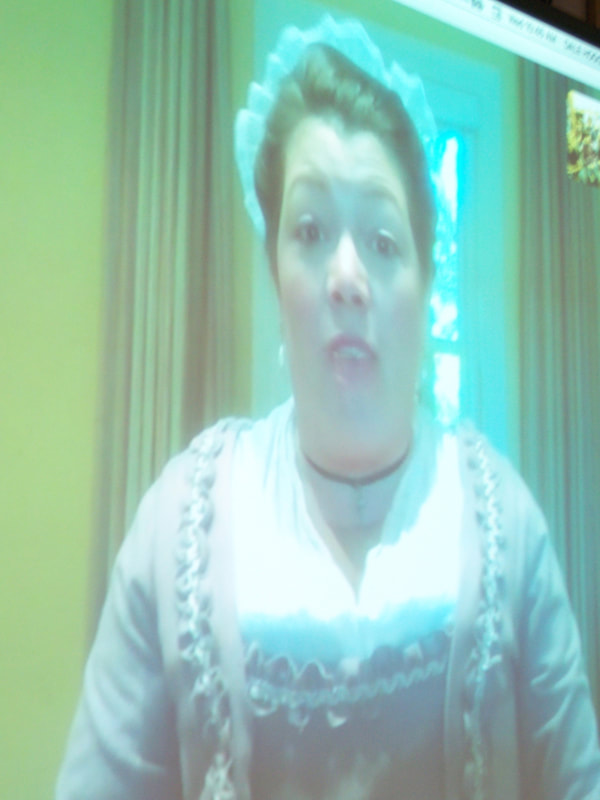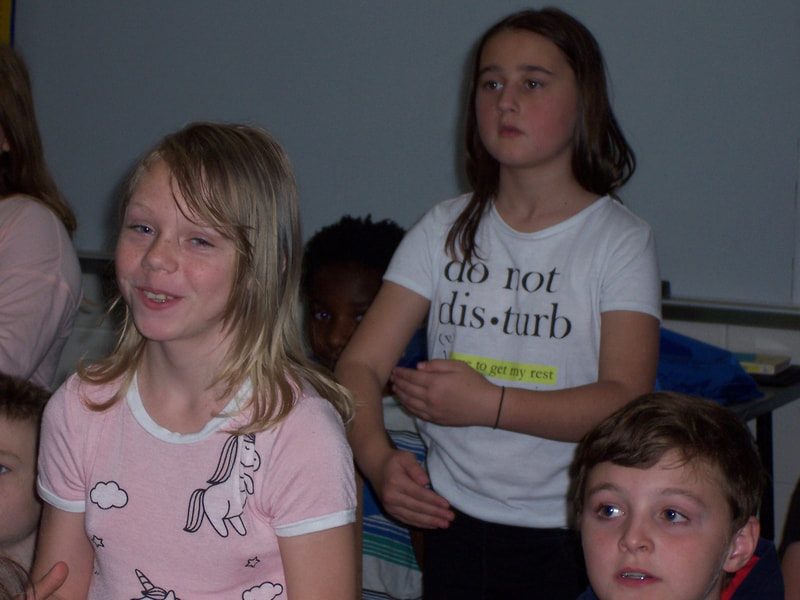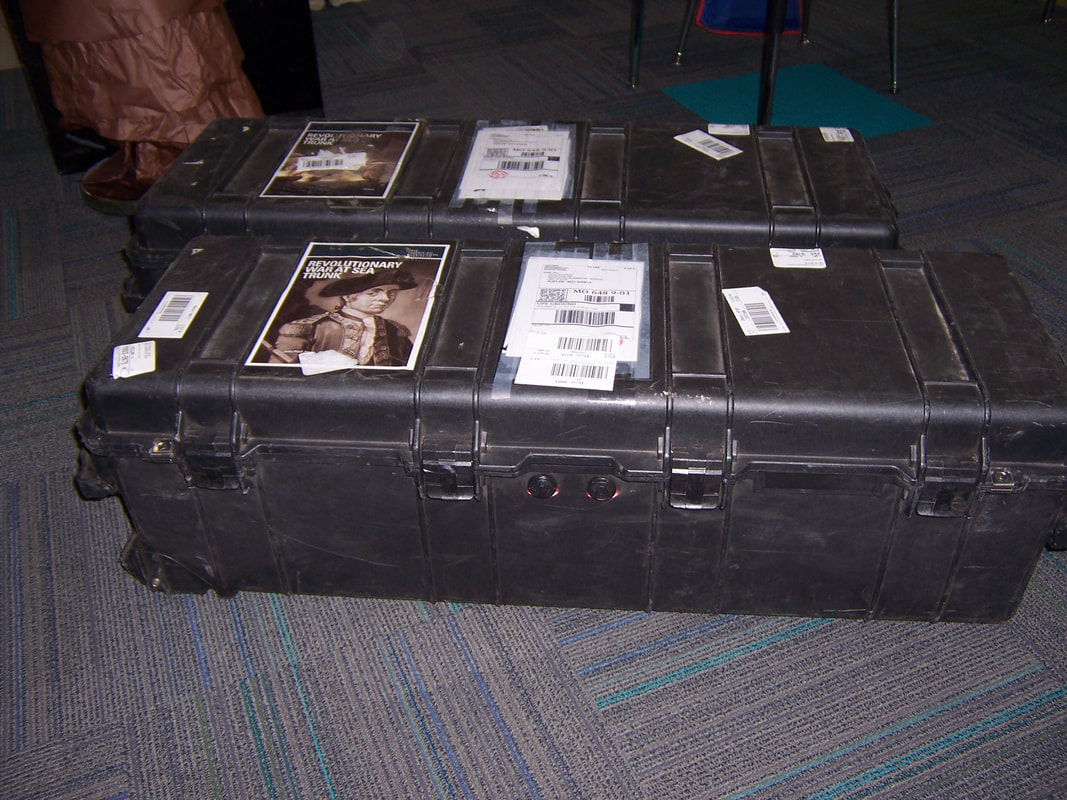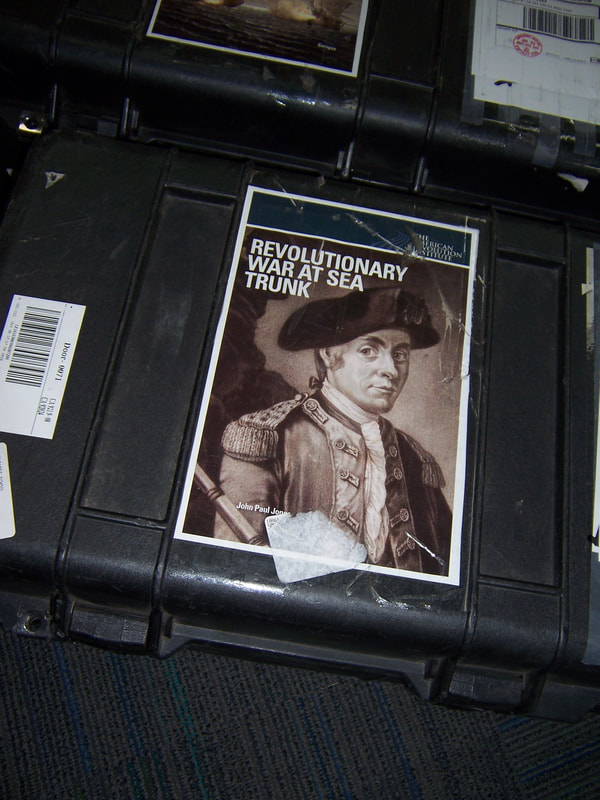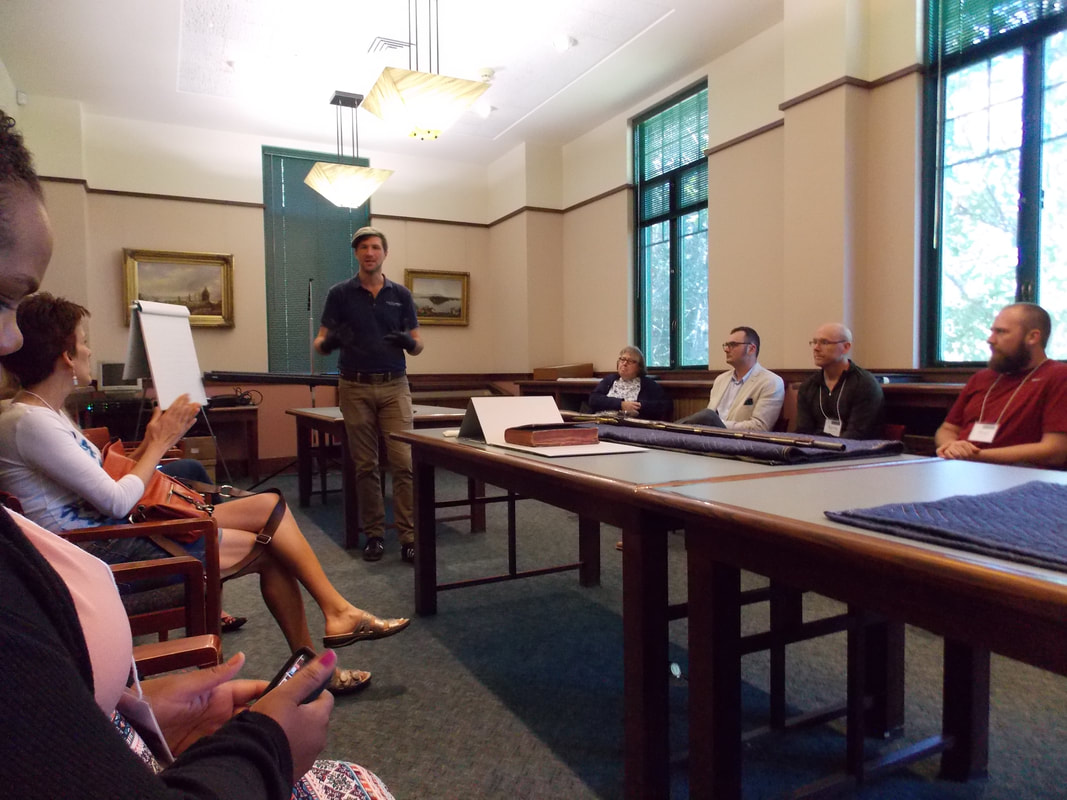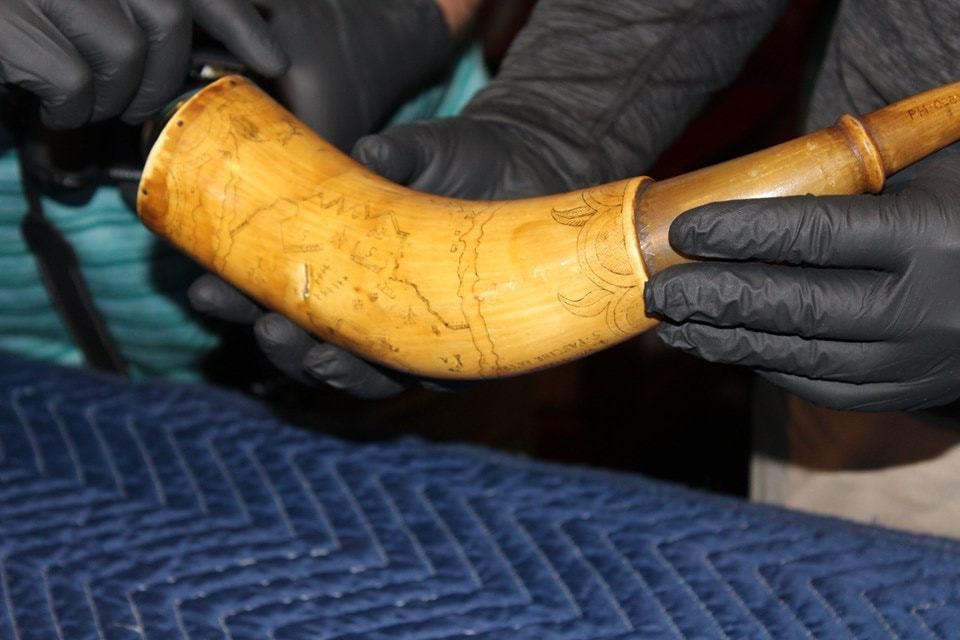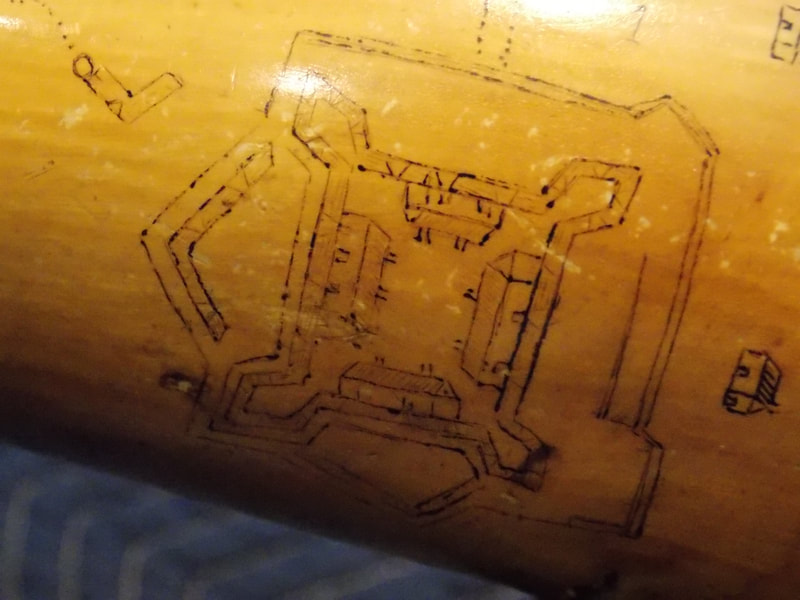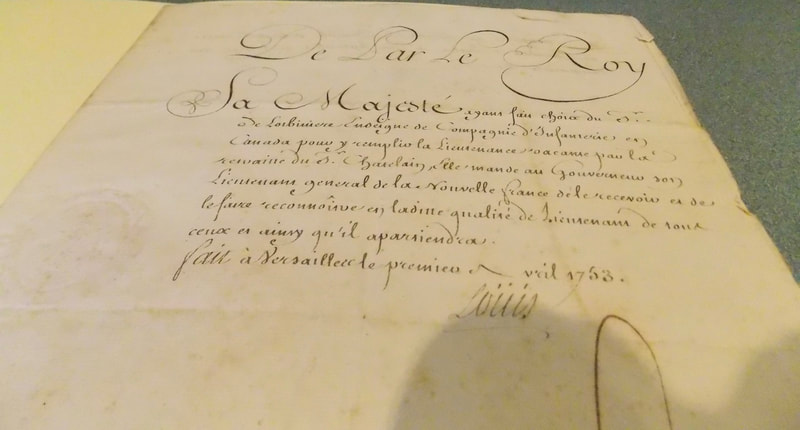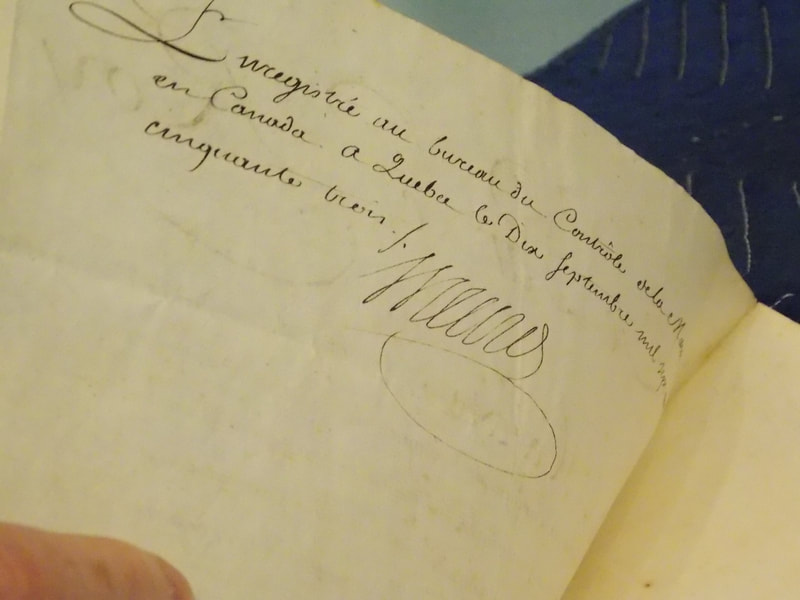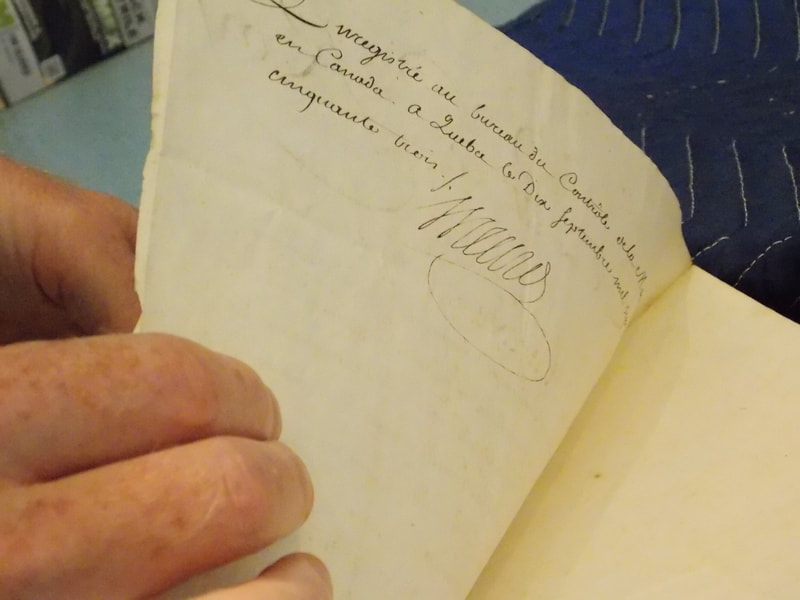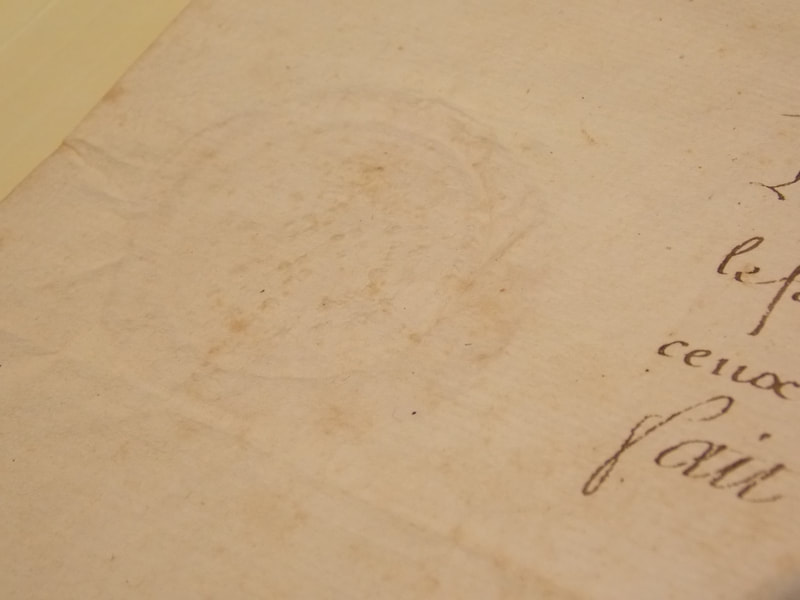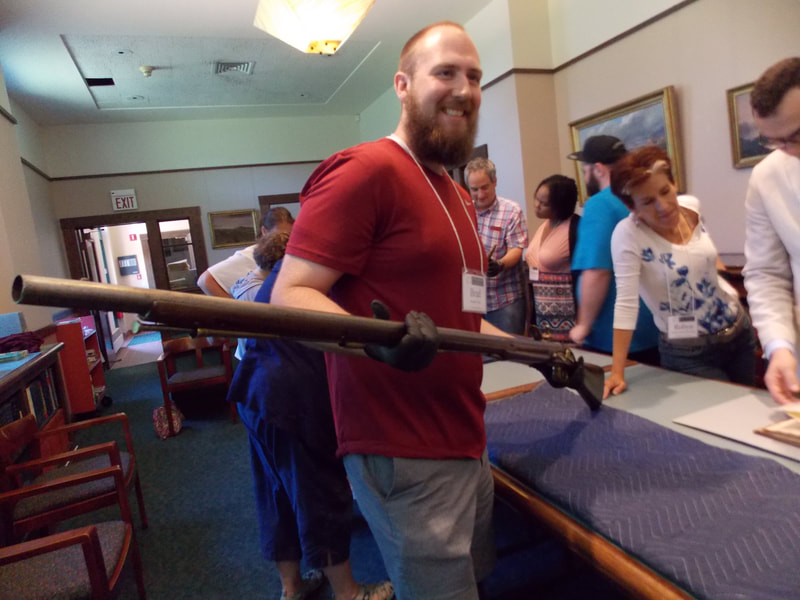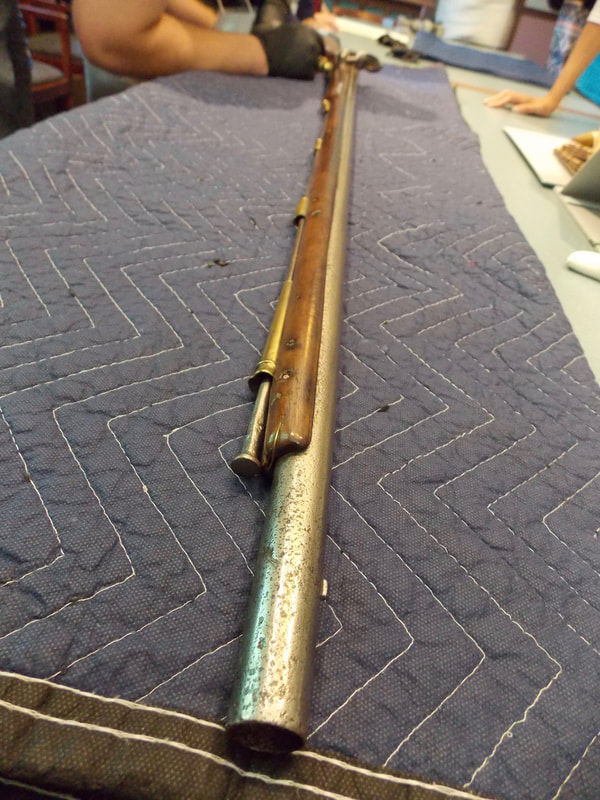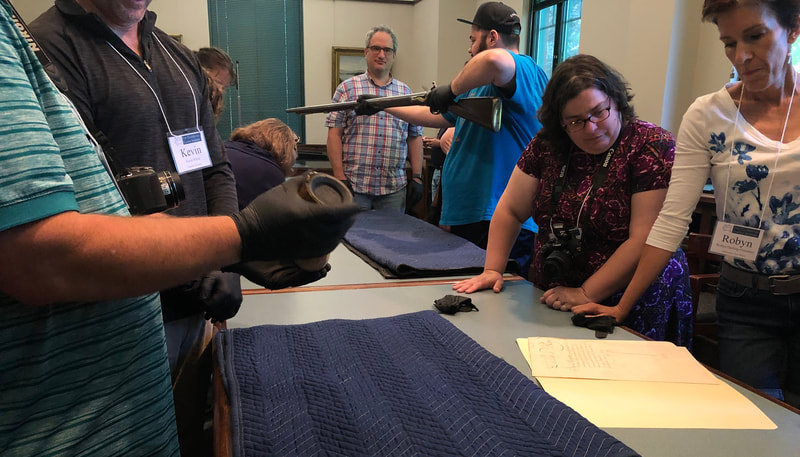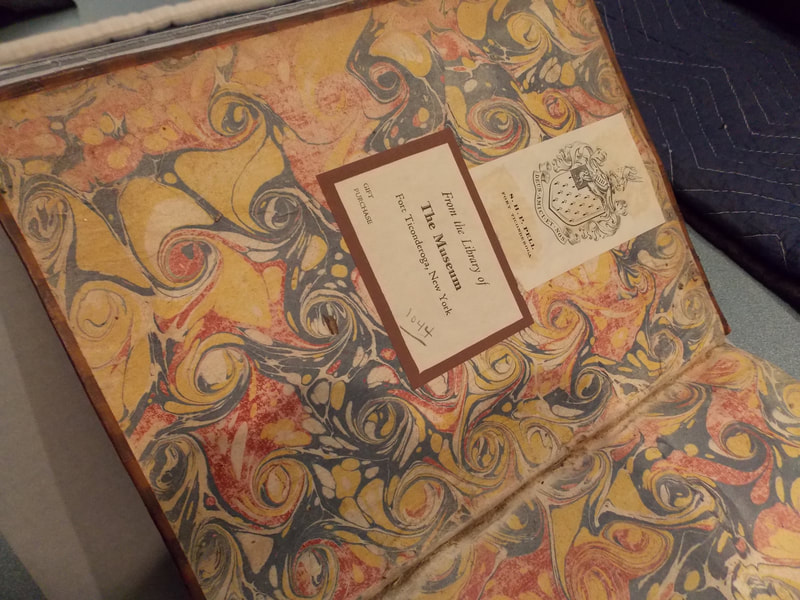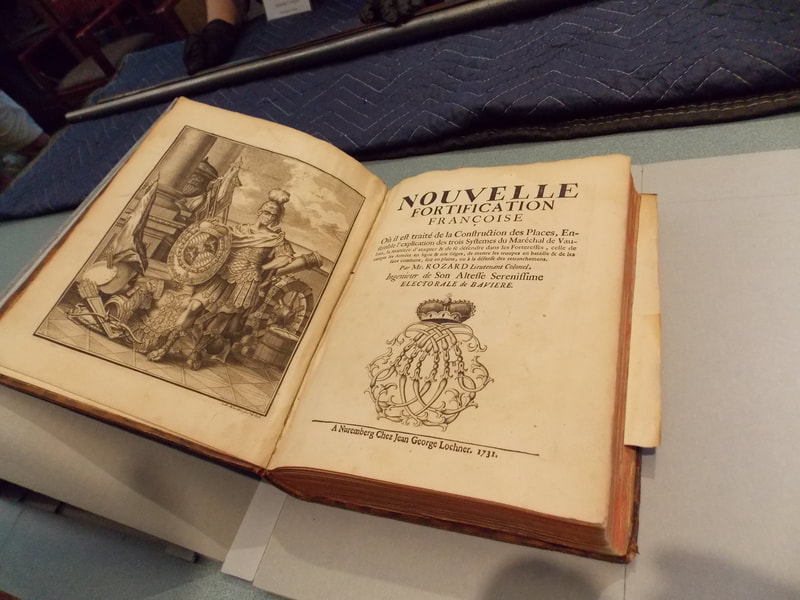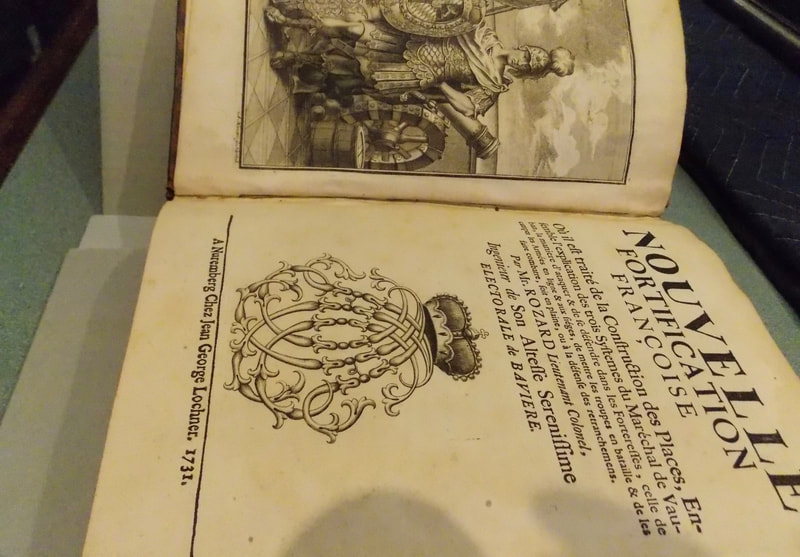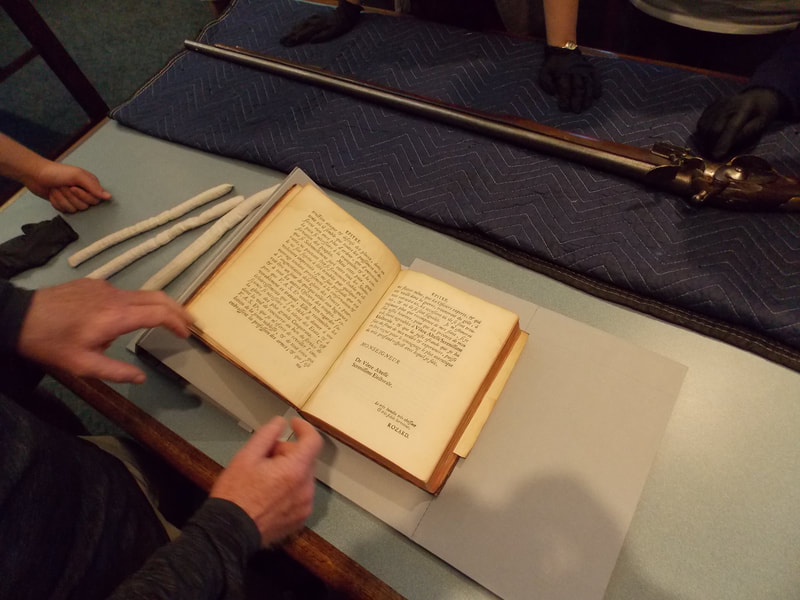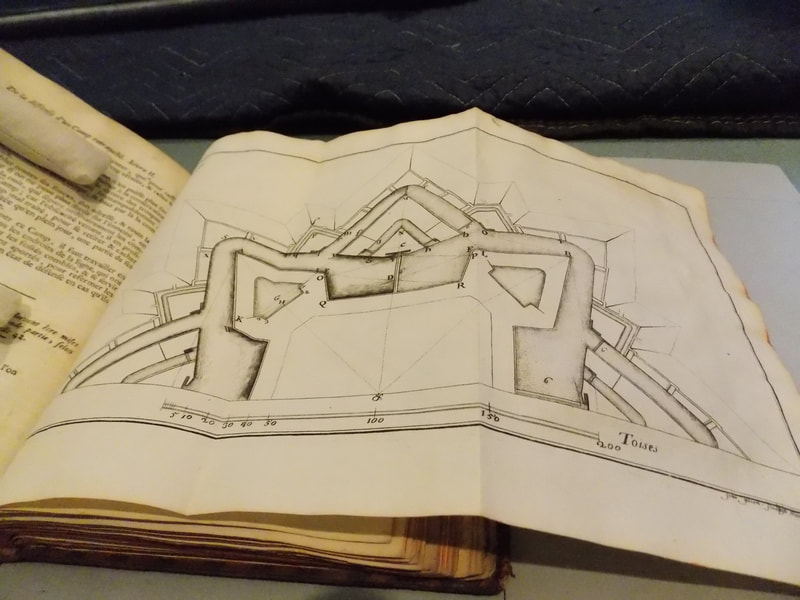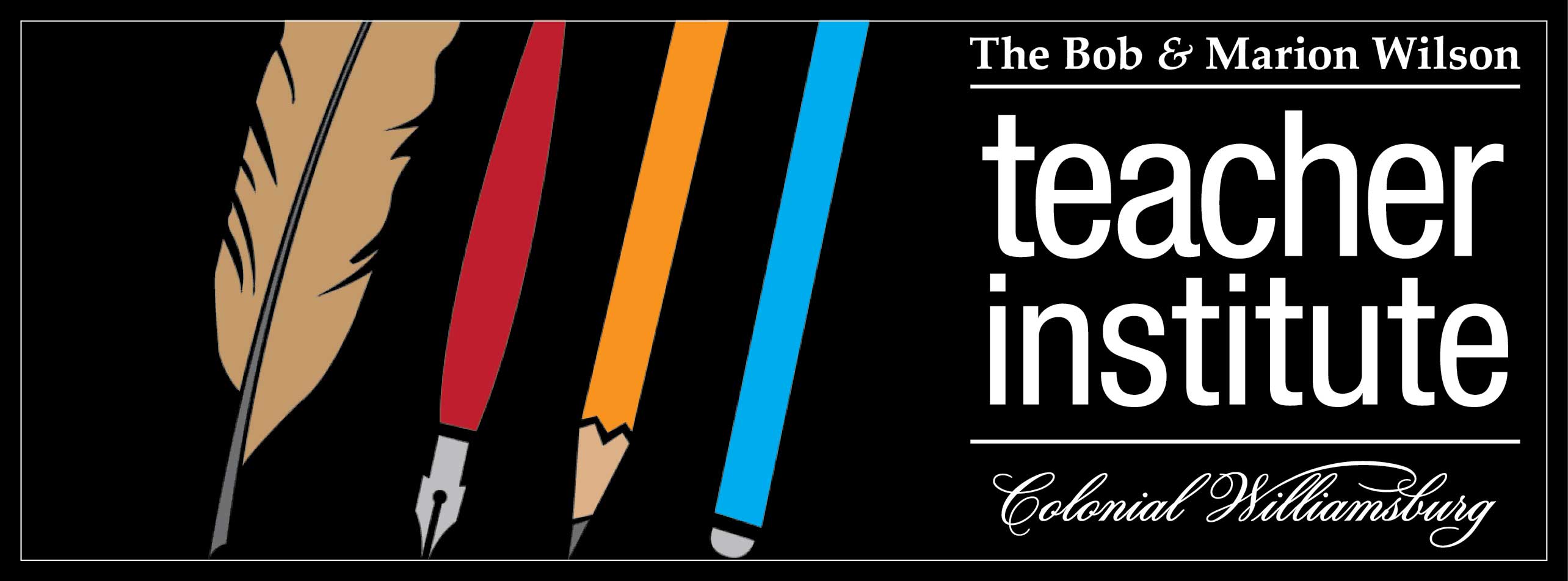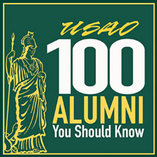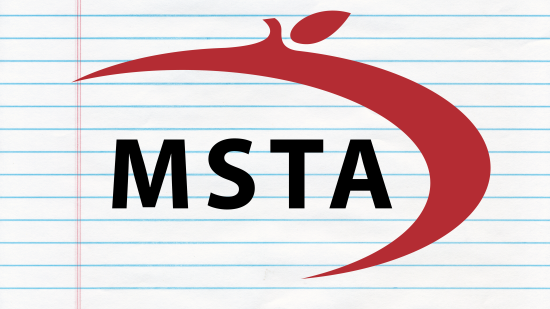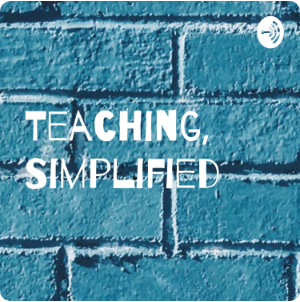|
Every month, we celebrate positive behavior. The only requirement to participate in our SOARlebration is for students to avoid having any major behavior referrals to the principal. For November, we broke out some games, lowered the lights, and cracked some glow sticks.
0 Comments
Am I crazy? Don't answer that! But am I crazy for being that dad who wants the members of his family to turn off the lights in the rooms no one occupies? I was taught to turn off the lights in a room when exiting. I was taught that it was irresponsible to do otherwise. I was taught that it saved money. I was taught to be a good steward of resources. Those habits of turning off the lights has followed me, through many long years, into my life as a public school teacher. I almost always turn off the lights in my classroom when I leave it unattended. When I finish making copies, and no one is waiting to use the machine, I turn off the lights. When I check the mail and no one else is in the mailroom, I turn off the lights. I have found, through the years, that there is a simple, plastic switch on wall, just as one enters most rooms in 21st century United States, that mysteriously controls the electrical flow to the lights on the ceiling. Flip the switch into the up position to turn the light on, and flip it down to turn the light off. It's really pretty simple to do, and yet too many fail to do so.
As a government employee, I consider myself to be a steward of the funds provided to the school district by taxpayers. Everything I have and do in my classroom is made possible through monies received from taxes paid by citizens of the land. Should I be like so many others and just blow the wad without thinking about the source? But I see lights on in classrooms throughout the day when classfuls of students and teachers are elsewhere. And don't get me started about the big rooms like the gymnasium and the cafeteria. At the end of the day, the 600 occupants of our particular school leave, and except for a few stragglers and custodians, the school is empty. Most rooms are left unoccupied by the human race. And I don't see any reason why the lights should be on in those rooms that are empty! And yet, apparently, other people do not share my opinion. Some of these believe that, if someone is going to use the same room within, say, three hours, it's too much work for them to have to turn on the lights. Why, if someone was to come into the room later, they may not know about those amazing switches on the wall. They may not know it possible that the lights could be turned on by a mortal, and they might leave unfulfilled. Does that make sense to you? Am I the one who's crazy in this scenario? Go ahead and answer that, based on a choice between turning off the lights for a couple of hours only to have them turned back on for an evening activity or leaving the lights on, burning electricity and taxpayer money for the two or three hours that a room sits unoccupied. It's a simple answer really. So make sure you turn off the lights when no one is present to appreciate their illumination. It's just one thing we can do to save money and resources in this government job.  We hear, all the time, about how we should not stuff ourselves with food, whether junk food or just too much food in general. It is often on Thanksgiving that we begin thinking about our New Year's resolutions. We push ourselves away from the dinner table, and we stare at the empty dishes - coagulated bits of cranberry salad, sticky and charred marshmallow from the yams, turkey gristle - and we wonder if we could possibly be responsible for such carnage. We ponder our places in the world, in the grand scheme, and we wonder if there is something we might do, something we might say or do - or be - that will make the world a better place. Are we better people because we eat? Are we better when we diet? Are we healthier? Do we pass plates of positive possibilities to our children? If you really are what you eat, might I recommend a menu for this, and every, day?
In this restaurant, you aren't limited to one appetizer, one entree, and one dessert! Take liberally from every column, and leave feeling better than when you came in. In fact, eat everything in sight. You'll thank me for it. Your bill will reflect payment in full, because the only things you are required to pay are those parts of yourself that oppose what's on your plate. From the Hoggatteer family to yours, happy Thanksgiving!
From the fort ruins at Crown Point, there is a good view of one of the few bridges that cross Lake Champlain. This one, aptly named the Champlain Bridge, replaced another bridge in 2011. On the other side of the highway, without crossing the bridge, one finds a small campground and a lighthouse. This particular lighthouse is also a monument to Samuel de Champlain. It's an interesting structure and difficult to photograph from any creative angles. Beyond this, people can walk out onto the lake for fishing or tie up their boats to take a picnic. Once again, I was able to enjoy the natural beauty of the area. Check out my Fort Ticonderoga page for lots more about this teacher institute.
Sadly, we have lost another student.
RYDER and his family have moved to a neighboring state. RYDER is an eager heart and a respectful young gentleman who will be dearly missed. Farewell, RYDER! OAHAAH! Our final "living" inhabitants of Hoggatt Cave will be our bat colony. On Wednesday, students folded, colored, cut, and glued their bats, getting them ready for display on the ceiling of our cave.
I've been thinking about professional development lately. It's something that doesn't seem to have changed much for the better. These days professional development seems to have become collaboration and common planning time and less about training teachers to do their jobs better. Even then, all we do is sit around and talk to each other about things we're doing in our classes...or we talk about what assessments are working...or we discuss what problems we may be experiencing with the newest curricular tool. Sure, we can exchange ideas, but that's not really professional development; that's a meeting. Grade level meetings are much the same, but data analysis, again, is not professional development. There are rare times, usually during the summer or the week before school starts back up in August, when the school district brings in a textbook representative to guide teachers through the teacher edition, but rarely is there actual, substantive professional development. Something to help teachers learn content. Something to help teachers learn methodology. Something to inspire teachers to keep going. Something to help teachers improve their teaching. So what if I was in charge of professional development? How would I design a professional development regimen for a district of a school? Would I hire an out-of-town specialist to give a speech and then send him on his way? Should send teachers to training in another city and then ask them to present at a faculty meeting? Is it a better idea to do a book study with the staff? Would we prefer a webinar? I think, none of the above. Oh, sure, there could be a limited benefit to each of those options, but my inclination would be to do something different. I wrote a little about the #ObserveMe movement in my book, There's No Busyness Like School Busyness, and I think I could use some of that idea to develop a program for teachers in the district. I would make teachers feel comfortable with vulnerability. I would observe each teacher to help her find her strengths. When something about her teaching could be tweaked, I would connect her with a master teacher in the needed area. I'm confident that in my 30 years in the profession that I can help teachers develop their professional habits. I believe I could alleviate their anxieties and stresses. If the district's idea is to instill a collaborative aspect into our way of doing things, my vision for professional development could be a springboard to achieving that kind of a culture. This wouldn't be a "one-and-done" professional development plan, and people would not just attend a session and then forget what was presented. I picture professional development personalized for each teacher's classroom - in each teacher's classroom. For years, I thought it would be interesting to initiate a teaching theater where a real teacher would teach a real class of real students, while other teachers or potential teachers watched from a gallery above. The master teacher would conduct class below, while also pointing out certain aspects of the lesson to the teachers above, and asking questions along the way. While this may be a crazy idea, I believe teachers can learn by watching their peers. In my vision, I could help teachers find the right peers to observe. At least it would be an effort to take the training on location. I believe it would be effective and lasting. Click for the full list of my Professional Pet Peeves.
I took a side trip to Crown Point during one of my free evenings while at the Fort Ticonderoga Teacher Institute in July. Crown Point is just a 20- or 30-minute jaunt from Ticonderoga, and would be on my way to the airport a couple of days later.
Our fearless Principal Bozarth donned some "new" threads from the trunk we have on loan from the American Revolution Institute. These replica British naval uniforms give us some idea of life on one of the wooden sailing vessels of the 18th century. If only he would dress this way every day!
The video clips here only give the viewer a glimpse into the virtual field trip experience with our first first lady. One can certainly appreciate the amount of research and primary document exposure the job of accurately depicting Martha Washington must require.
To be honest, we cracked the first trunk open, yesterday, and pulled out some Revolutionary clothing and more. There will be more in the second trunk, plus some surprises.
Our class will miss the compassionate spirit
that came with a girl named NATALEE. NATALEE has moved to another school across town, and is no longer a part of our class, but she will always be part of our family. Farewell, NATALEE! OAHAAH! Lindsey Stirling and Switchfoot made a video together, and the music means something, but the video tells more of the story. Take three minutes to watch this video: Now for some questions:
Dave Burgess, author of Teach Like a Pirate, was the keynote speaker at the event I attended last week. I recently read Burgess' best-selling book about teaching differently and hooking students with more than content and performance. Burgess' book goes into the theatrics of presentation.
I is not supposed to be easy. No, we need to recognize that preparing for a cookout is not just a matter of throwing a steak on a gold grill; instead, there is a great deal of preparation involved: purchasing the right cuts, marinating the steaks, cleaning the grates, reaching a workable temperature, and cooking with patience to achieve the perfect main course. Dave Burgess exclaims: Turn up the propane! With a one-hour speech that included about three hours of words, Burgess told his audience just some of the ways they could transform their teaching into something that would get kids fighting to get into the classroom instead of running out.
We put education in a pill, but education is not a bitter pill to swallow. It is to be desired and savored. It should be spicy. It should be robust and meaty, not saturated with fats and sugars, but too often, we literally apologize to children for making them go through it. Why not change that? Why not mix things up, become the maverick teacher and making things start happening for your students.
The only thing he would tell us upfront was how to handle each object appropriately. We would be wearing nitrile gloves to hold the musket and the powder horn, but for the paper items, we had to first wash our hands with mild soap and dry them well. I have a great appreciation for the fort's scrimshawed powder horn collection, and I had seen this particular one on the fort's online collection before visiting. Imagine my surprise to see the real thing lying on the table in front of me. This was Surgeon Daniel Dwight's horn, with intricate depictions of Fort Ticonderoga and its surroundings. Included is a key to the map and symbols of the surgical trade. The questions that may arise include whether or not this horn, owned by a healer, actually held gunpowder, or did he use it for something different? And did he use it as an actual map, perhaps passing it to others? It is definitely a piece of art. We removed our gloves when arriving at the paper document. This was written in French, and we had to attempt to decipher it, none of us acquainted with the language. We did catch the date - April 1, 1753. The two pages were sealed together, and we weren't about to break the seal; however, we could curl the pages back to see more writing on the inside. Mr. Keagle revealed that these were commission papers for a French soldier. When we asked about the signature, Louis, he shared that it was King Louis XIV, and that these were the commission papers for Michel Chartier de Lotbinière, Marquis de Lotbinière; that is to say that these were official papers for the man who designed Fort Ticonderoga. There are so many reasons to love the chance to hold this document. The third item in our rotation was a 1742 British musket. We realized that this musket was in use during the period before, during, and after the French and Indian War. The workmanship allowed this musket to survive the 276-year period between then and now. Hefting the weapon, I wondered who might have borne its weight before me and how effective the gun had been. I was struck with the heaviness, the nicks and markings in the wood parts, the wear of the metal. One connector piece seemed loose, and the ramrod was clearly loose. Keagle revealed to us that this was not the original ramrod for this piece, surmising that it must have been replaced at some point. Finally, I arrived at the book - a thick volume with a blank cover. The book plate inside indicated that it was part of Stephen Pell's library. The date on the title page said 1731, and someone noticed that it was printed in Nuremberg. The curator explained that it would not have been a bound book when published, but individual leaves. The title said something about fortification for New France. A quick look-see revealed a number of fold-outs in the back. In fact these were specs for many designed of star-shaped forts, of which Ticonderoga is only one. I didn't want to leave the facility that houses these items, knowing there were so many more objects in preservation storage in the building. I would have enjoyed a little exploration and pilfering there...with qualified guidance of course.
|
AnthemThe Hoggatteer Revolution
is an extensive, award-winning, inimitable, digital platform for Encouraging and Developing the Arts, Sciences, and honest Christianity in the beautiful, friendly LAND OF THE FREE AND THE HOME OF THE BRAVE This site is described as
"a fantastic site... chockablock full of interesting ideas, hilarious anecdotes, and useful resources." 
...to like, bookmark, pin,
tweet, and share about the site... and check in regularly for new material, posted often before DAWN'S EARLY LIGHT! History in ResidenceElementary Schools: Bring Mr. Hoggatt into your classroom for a week of engaging and rigorous history programming with your students. LEARN MORE BUILDING BETTER
|
